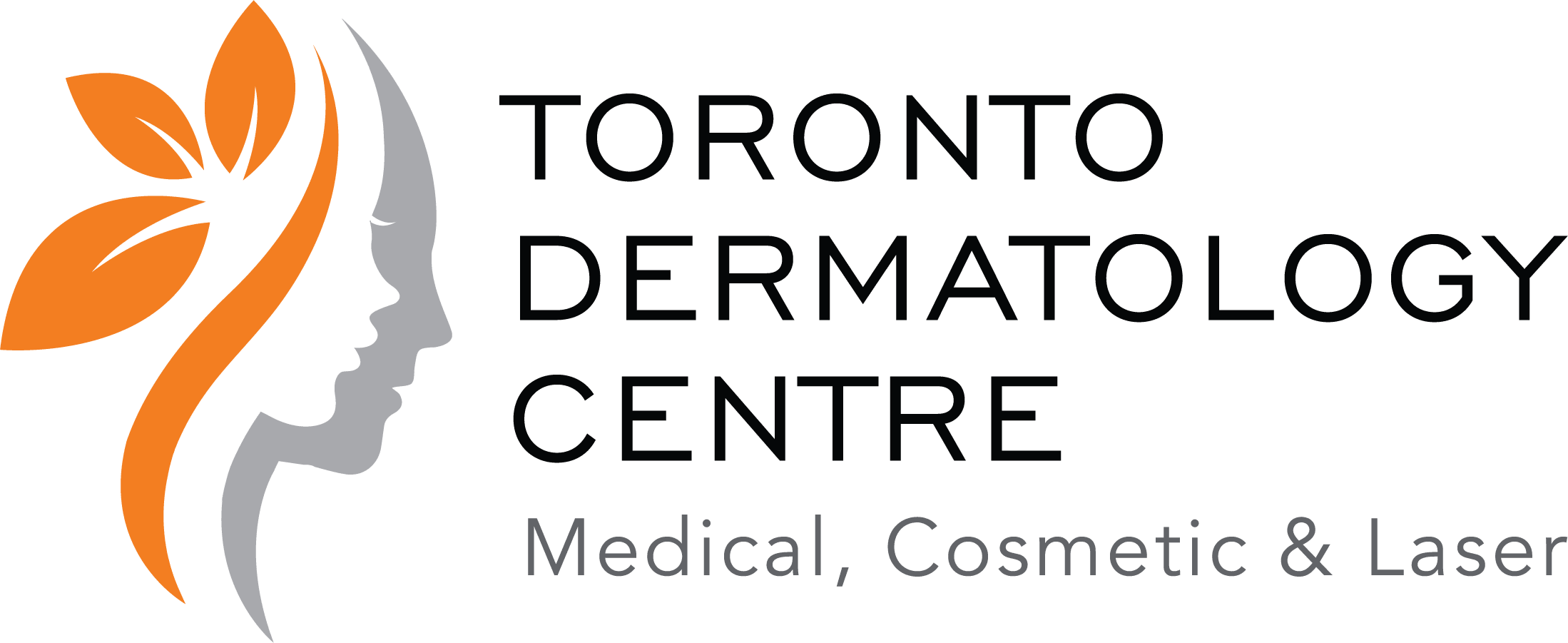Autologous Platelet-Rich Plasma Defined
PRP is a high concentration of platelets surrounded in its own plasma. A small amount of blood is drawn and the red cells are isolated from the platelet-rich plasma. Since the autologous Platelet-Rich Plasma (PRP) is processed from the patient’s own blood, there is virtually no risk of an allergic reaction or rejection.

Blood-Derived Growth Factors
The internal essence of your blood contains life-giving fundamental protein growth factors. PRP utilizes a leading edge, patented technology that is specifically designed. With a simple, quick and advantageous process, your PRP professional is able to derive a high concentration of biological nutrient-rich cells and create autologous platelet-rich plasma.
- The practitioner draws an amount of blood similar to what is required for a basic lab test.
- The practitioner places the blood into a centrifuge and spins the blood at a very rapid rate to separate the platelets from the other components of the blood.
- The platelet-rich plasma is activated to release at least eight essential growth factors and signaling proteins. Platelet-rich plasma is a technology that deploys aspects of blood-based biochemistry. Because all constitutes retrieved in PRP are exclusively from the patient (autologous in origin), there is virtually no risk of intolerance. Nevertheless, before any treatment, disclose all the medications you are taking (including herbs) to your doctor.
Growth Factor Production Known Effects
Epidermal Growth Factor (EGF)
Plays a significant role in the regulation of cell growth, proliferation and differentiation during the remodeling phase. Stimulates keratinocyte and fibroblast production.
Transforming Growth Factor (TGF)
Promotes angiogenesis which is the physiological process involving the growth of new blood vessels.
Vascular Endothelial Growth Factor (VEGF)
An important signaling protein involved in both vasculogenesis and angiogenesis that may help the growth of blood vessels from pre-existing vasculature.
Fibroblast Growth Factor (FGF)
Promotes angiogenesis, granulation, and epithelialization for the intricate process of Tissue repairing itself after injury.
Platelet-Derived Growth Factor (PDGF)
Attracts macrophages and fibroblasts to the zone of injury. Promotes collagen growth and proteoglycan synthesis.
Interleukins, Macrophages, Keratinocytes, Endothelial Cells, Lymphocytes, Fibroblasts, Osteoblasts, Basophils, Mast Cells
Activates fibroblast differentiation. Induces collagen and proteoglycan synthesis for healthy cell production and repair of damaged tissues.
Collagen Stimulating Growth Factor
Stimulates granulocyte and macrophage proliferation for the growth of healthy tissue and blood cells.
Keratinocyte Growth Factor (KGF)
Keratinocyte migration, differentiation, and proliferations may optimize conditions for healing and the generation of new skin


Frequently Asked Questions
Platelet-Rich Plasma, also known as PRP, is a high concentration of your own platelets in a small volume of plasma.
Step 1: Utilizing a specialized blood collection tube from the Eclipse PRP® kit, a practitioner draws a small amount of blood similar to what is required for a basic lab test.
Step 2: The tube is then placed into a centrifuge which spins the blood at a very high speed, causing the platelets to separate from the other components of the blood.
Step 3: Once the platelets are concentrated into the plasma they can be applied to the patient. Activation causes platelets to release essential growth factors and signaling proteins, which are responsible for the wound-healing process.
The blood draw takes just a couple of minutes, followed immediately by a 10-minute centrifugation. The time involved in the application varies based on which procedure is being performed.
Your medical professional can create a treatment plan based on your individual needs.
Eclipse PRP® is close to a physiologic pH, which means the product is less likely to cause a stinging or burning sensation. There may be some temporary discomfort or possible redness and inflammation at the application site, but quickly resolves.
Since the autologous Platelet-Rich Plasma (PRP) is produced from a patient’s own blood, there is virtually no risk of an allergic reaction or rejection.
Rewrite Your Skin’s Future
What is automated Micro-Needling?
Automated Micro-Needling (also known as Epidermal Collagen Induction Therapy or ECIT) is a new innovation in aesthetic medicine for the treatment of the appearance of fine lines, acne scars and the improvement of the skin’s texture, tone and color. During this procedure, the Eclipse MicroPen® is used to create controlled micro-injuries to the skin in order to aid in the production of collagen and elastin. The skin’s re- pair process results in a thicker epidermis with a softer appearance of wrinkles. Eclipse MicroPen® also creates micro-channels which allow topical gels, creams and serums to be absorbed more effectively, enhancing the effects in deeper layers of the skin.
What are the benefits?
Reduction in the appearance of fine lines, wrinkles, improved skin tone and texture and softer, younger- looking skin with fewer signs of aging. Eclipse MicroPen® can improve the appearance of uneven skin tone, acne scars, traumatic scars and stretch marks.


What areas of the body can I treat?
Eclipse MicroPen® can be used on all parts of the body: face, neck, décolleté, arms, hands, legs, abdomen and back.
How is the procedure done?
A sterile cartridge containing 12 tiny micro-points is attached to the Eclipse MicroPen®. Your skin-care professional will apply sterile saline to your skin and select the appropriate pen position based on your unique needs. Next, in a single motion, the pen will be gently pressed against the skin while simultaneously gliding in one direction until the entire treatment area has been covered.
What does it feel like?
The feeling associated with the Eclipse MicroPen® is similar to sandpaper being moved across the skin. While some areas are more sensitive than others, the speed of the reciprocating tip makes the treatment more comfortable.
How long does the procedure take?
The procedure takes 15-30 minutes depending on the size of the area treated.
What is the downtime?
Immediately after the treatment, you will notice a bright redness to the skin. The total healing time depends on the pen position used and the number of overlapping passes your skin-care professional performs. On average, patients experience redness for 2-4 days. Some patients heal completely in 24 hours. Utilizing the Eclipse Dermal Rejuvenation System™, post treatment can aid the healing process.
When will I see the results?
Patients notice an immediate “glow” to their skin. Visible changes to the skin develop over the course of several weeks. Results can continue to improve up to 6 months after the treatment.
How many treatments will I need?
Some patients only require a single treatment once a year to achieve optimal results. However, it is recommended for most patients to receive a series of 2-3 treatments spaced about 6-8 weeks apart. For patients with more significant skin-care concerns, such as acne scars, it is recommended to receive 6-8 sessions at 6-week intervals.
Benefits:
- Affordable
- Effective
- Minimal Downtime
- Minimal Discomfort
- Safe for Most Skin Types
- Natural Results
Toronto Dermatology Centre is located in Toronto, Ontario, and serves men and women in North York, Vaughan, Richmond Hill, York, Aurora, Thornhill, Mississauga, Scarborough, Brampton, Etobicoke, Pickering, Peterborough, Guelph, Kitchener, Oakville, Barrie and all of Greater Toronto (GTA).
Thinking of visiting Toronto’s premier skin clinic soon?
Fill out the inquiry form below and let us know your area of interest.
Call us today @ 416.633.0001
